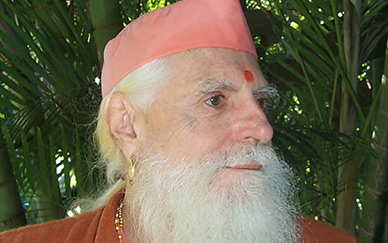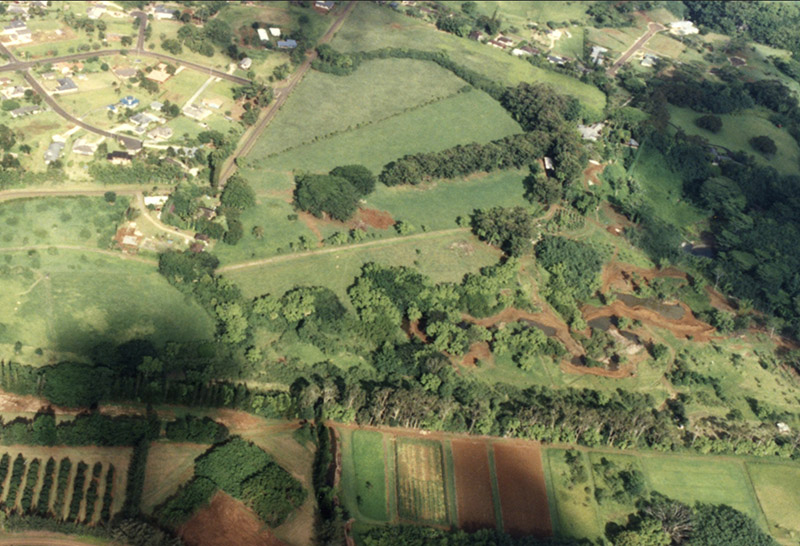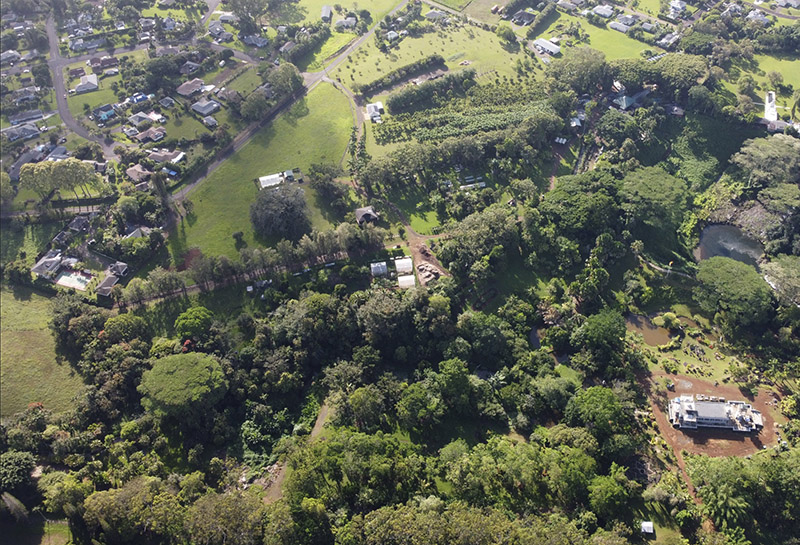Working in the Pillaiyar Kulam
This last month, our taskforcer Alexander has been working with the Pillaiyar Kulam. This kulam is responsible for finances, shipping, Mini Mela care and management, legal documents, endowments, cows, networks, IT and so much more. Apart from helping with the day-to-day items, and most recently helping in the Mini Mela gift shop, Alexander has been enjoying a few other fun projects. Aum.
Nature of the Satguru

Today we open The Guru Chronicles and from the Introduction hear Gurudeva's upadesha on the nature of the guru and the worthy disciple:
India has always been the cradle of spirituality. During his 1895 lecture tour to India, Mark Twain wrote, "India is the cradle of the human race, the birthplace of human speech, the mother of history, the grandmother of legend, and the great grandmother of tradition. Our most valuable and most instructive materials in the history of man are treasured up in India only!"
What spared Hinduism the oblivion that claimed every other ancient faith? It cannot have been mere good fortune. India is a difficult land in itself, and its history is marked by the repeated absorption of whole races and religions from beyond its borders. In addition, it has had more than its share of foreign invaders, natural disasters and internal wars. Yet, drawing from some secret sustenance, Hinduism nourished with persistent vitality and retained its grip on the soul of India, never failing to inspire, never fading, ever renewed and strengthened from within. We can well ask who is responsible. Who kept the religion alive in the mind of man through all these millennia? Who keeps it vibrant and inwardly strong today? How many were they? Where do they live? How was it done? The answers lie, in part, in the pages of this book. Satguru Sivaya Subramuniyaswami, whose life story ends this biography, explained:
"Among a thousand devout Hindus, one or a few will abandon the world for a stricter path, living in seclusion by a river, in a cave in the hills or wandering, the sky his roof, God his landlord. Each Hindu looks up to the swami or sadhu, knowing they will one day be where he is now. Among a hundred thousand such tapasvins who search for God, one, or ten, will and That which all souls are seeking, so high is the summit, so steep the ascent. Realized saints and sages are rare, but never absent in India. Their absence would leave it a land like any other. Their presence makes it holy.
"Every Hindu generation has produced its farmers, lawyers, mothers, kings, beggars, scholars, priests, swamis and God-men. Yet all of these souls together do not carry or sustain the full force of the Sana-tana Dharma, for they cannot. They are each engaged in their own desires, their own affairs or their own quest. Their search continues. They do not yet possess the fullest knowledge; they have yet to accrue their soul's full maturity. Even after God Realization, the soul continues to evolve. It does not vanish, nor does the world disappear. An enlightened man can help many forward on the spiritual path, according to his maturity of soul. Whose mission is it to guide whole generations? Who turns from their search to guide hundreds of millions on their way? Only those whose search is utterly ended, only the perfected souls who have become the goal itself.
"Such men live; such men have always lived. They are known as siddhas, which means "accomplished ones" or "perfected ones." They are a special class of yogis, each a fully matured soul and heir to the inner force and subtle knowledge of the Sanatana Dharma even as the masses of India are heir to its outer precepts and practice. They hold the power of it and protect its destiny. One with Siva, they speak and behave only in expression of the will of God.
"All gurus differ one from another depending on their parampara, or lineage, as well as on their individual nature, awakening and attainments. Basically, the only thing that a guru can give you is your-self to yourself. That is all, and this is done in many ways. The guru would only be limited by his philosophy, which outlines the ultimate attainment, and by his own experience. He cannot take you where he himself has not been. It is the guru's job to inspire, to assist, to guide and sometimes even impel the disciple to move a little farther toward the Self of himself than he has been able to go by himself.
"The satguru is needed because the mind is cunning and the ego is a self-perpetuating mechanism. It is unable and unwilling to transcend itself by itself. Therefore, one needs the guidance of another who has gone through the same process, who has faithfully followed the path to its natural end and therefore can gently lead us to God within ourselves. Remember, the satguru will keep you on the path, but you have to walk the path yourself.
"It is the disciple's duty to understand the sometimes subtle guidance offered by the guru, to take the suggestions and make the best use of them in fulfilling the sadhanas given. Being with a satguru is an intensification on the path of enlightenment always challenging, for growth is a challenge to the instinctive mind. If a guru does not provide this intensification, we could consider him to be more a philosophical teacher. Not all gurus are satgurus. Not all gurus have realized God themselves. The idea is to change the patterns of life, not to perpetuate them. That would be the only reason one would want to and a satguru.
"Some teachers will teach ethics. Others will teach philosophy, language, worship and scriptures. Some will teach by example, by an inner guidance. Others will teach from books. Some will be silent, while others will lecture and have classes. Some will be orthodox, while others may not. The form of the teaching is not the most essential matter. What matters is that there be a true and fully realized satguru, that there be a true and fully dedicated disciple. Under such conditions, spiritual progress will be swift and certain, though not necessarily easy. Of course, in our tradition the siddhas have always taught of Siva and only Siva. They have taught the Saiva Dharma, which seeks to serve and know Siva in three ways: as Personal Lord and creator of all that exists; as existence, knowledge and bliss the love that flows through all form and finally as the timeless, formless, causeless Self of all."
Tirukural – Chapter 47
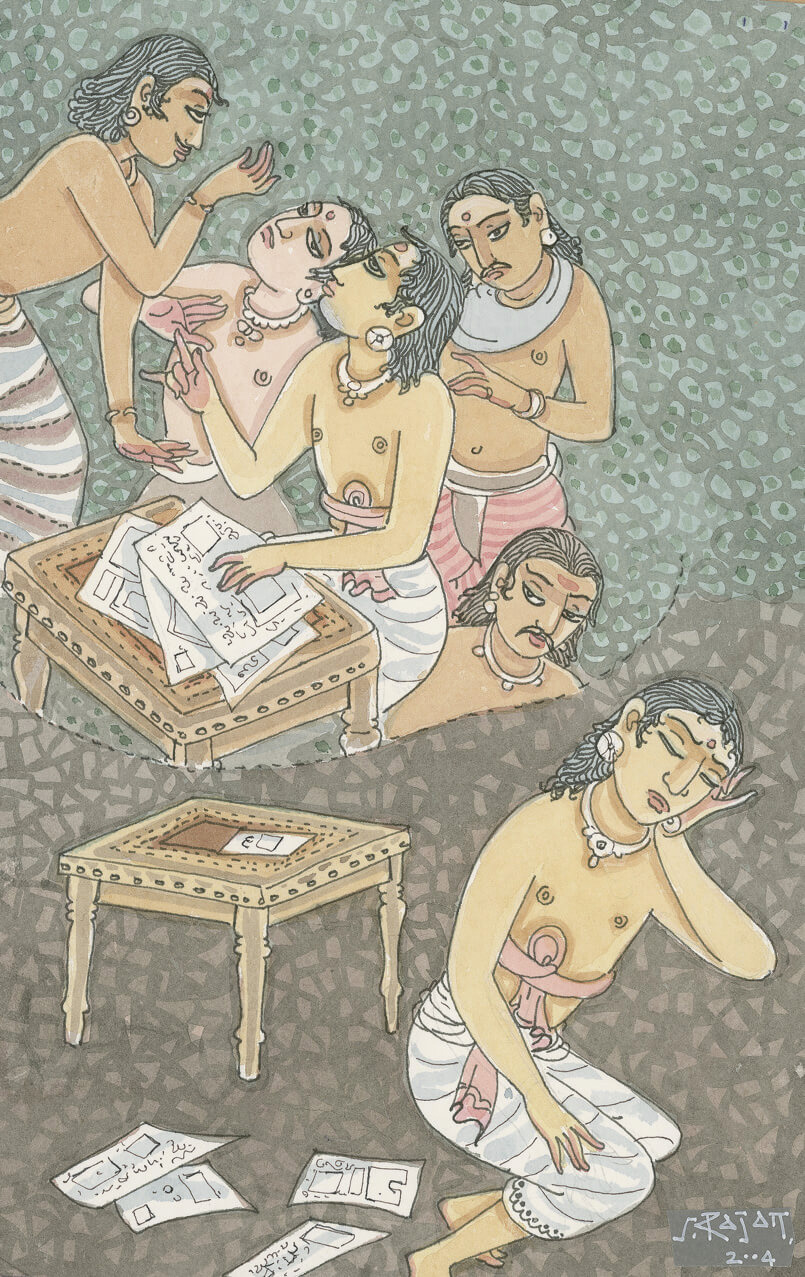
Chapter 47: Deliberate Before Acting

Verse 462
You can access the entire text, in Tamil and English here:
Weaver's Wisdom
Verse 461
When action is needed, ponder what is to be gained,
what lost, and what ultimately achieved, then proceed.
Verse 462
There is nothing too difficult for a man who, before he acts,
deliberates with chosen friends and reflects privately.
Verse 463
The wise never undertake an enterprise that rashly risks
existing capital to reach for potential profits.
Verse 464
Those who dread ridicule and disgrace
will not commence any task that is unclear.
Verse 465
To sally forth without a well-conceived plan
is one way to cultivate an enemy's strength.
Verse 466
Doing what should not be done will bring ruin,
and not doing what should be done will also bring ruin.
Verse 467
Embark upon an action after careful thought. It is folly to say,
"Let us begin the task now and think about it later."
Verse 468
Any task not methodically performed may go awry,
though men in multitudes support it.
Verse 469
Even in doing good deeds a man may err
if he does not consider the recipient's unique nature.
Verse 470
Having made his plans, let a man keep his actions above blame.
The world will never approve of acts that are beneath him.
Cleaning Kadavul Temple’s Roof
Aum Namah Sivaya
Recently Kadavul Temple has been receiving a good roof tile cleaning. Though the temple's monier tiles might look nice covered in green moss, all that growing green can do a good deal of damage to the roof over time. Our taskforcer Alexander captured this nice timelapse of the process. Aum.
A Photographic Adventure Through Siva’s Garden

Aum Namah Sivaya
Lyla Tanzi offers us more of her artistic photographs, taken during her time on pilgrimage to Kauai Aadheenam. She's here on the island with her parents, Rudy and Asha. So sit back and enjoy this slideshow, as we journey across the Aadheenam through Lyla's iPhone lens. Aum.
Our Special Guests
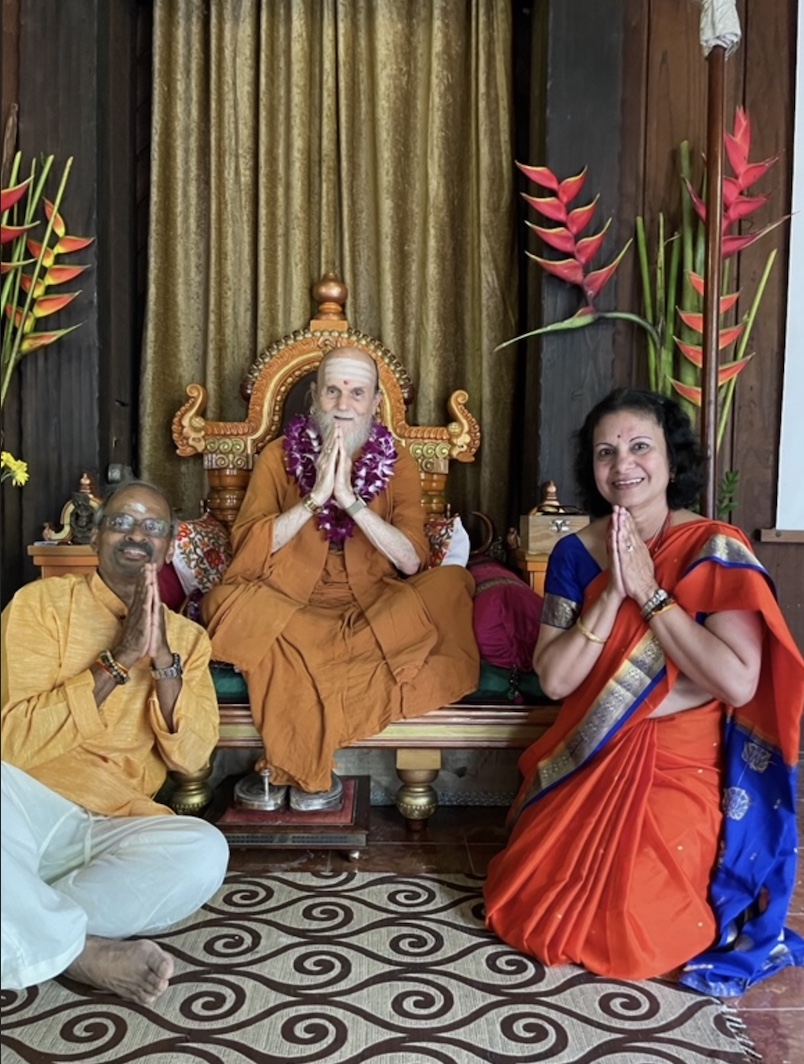
After a short but potent pilgrimage, Suresh and Shanthi are returning home to LA. While here they enjoyed intensifying their sadhana, performing seva and attending pujas at Kadavul Temple. Here they are, meeting with Satguru at the end of their stay. Aum Namah Sivaya.
Siva’s mount Kailas in Kopay

Today we received wonderful news from Kopay Kottam in Sri Lanka. This is the place where Gurudeva established the Shanthi Lingam back in the 80s and where the two Innersearches visited in 2018 and 2019. Here is the letter from Thondunathan that tells the tale.
Greetings:
A few months ago, I received a phone call from a lady in the United States who told me that she obtained my phone number from my friend who is a Buddhist monk. She introduced herself as a Sinhalese Buddhist originally from Sri Lanka and now living in the USA. Recently, she had a dream in which she saw a meditating Siva sitting next to a waterfall. She now had this desire to install a Siva statue in the hill country of Sri Lanka and she asked my help to find a Sthapati who can create the statue for her out of cement.
I approached Purushothaman Sthapati who is a well-known sthapati from India and has been building temples in Sri Lanka for the past 15 years. He agreed to create the statue, and within two weeks he made a beautiful, 6-foot tall statue. Because of the COVID-19 lockdown, we couldn't transport the statue right away to the hill country, so Sthapati brought it to our Sri Subramuniya Kottam for temporary housing. We sent pictures to the lady from USA who had ordered the statue.
A month ago, I received a phone call from her telling me that she now feels that the Siva statue should remain gracefully in our Sri Subramuniya Kottam and this is a gift from her to the Kottam. Everyone, especially our Kottam boys, are overjoyed with this generous gift.
We decided to build a rock mountain (Kailas) on which to place the Siva statue. During the mountain construction, Sthapati suggested that traditionally, when you build a meditative Siva statue, you also install four meditating sages in front of the Siva statue.
I suggested that instead of making the four sages, we could make statues of four of the gurus in our lineage--Kadaitswami, Chellappaswami, Yogaswami and Gurudeva--and place them in front of Siva.
Sthapati and his team successfully completed building the rock mountain and the statues, on July 24th, the auspicious Guru Purnima Day. We ceremoniously installed the statues on the rock mountain.
We never planned to have a Rock Mountain and Siva statue at our Kottam. Truly, it feels like this was Siva's will.
May God Siva and the Kailasa Paramparai Gurus grace flow through Siva's Mount Kailas in Kopay.
The Vision of Iraivan Temple
Satguru Bodhinatha Veylanswami discusses the inception of Iraivan Temple through the mystical visions of Sivaya Subramuniyaswami.
Guru Purnima 2021

Jai Kailasa Parampara!
Jai Satguru Bodhinatha Veylanswami!
During the full moon, Kauai Aadheenam celebrated Guru Purnima. This annual festival usually takes place on the full moon in July and, as the name suggests, it is a time of showing devotion and appreciation for our teachers. For our monastics and members it is a time of honoring our Satguru. The event began in the early morning hours with a chariot parade down San Marga, leading to the Svayambhu Lingam square. Once there, Satguru entered deep meditation and a padapuja was performed for him, thus honoring the holy feet of the Kailasa Parampara's revered preceptor. Aum.
From Our Gurus' Teachings
Archives are now available through 2001. Light colored days have no posts. 1998-2001 coming later.

